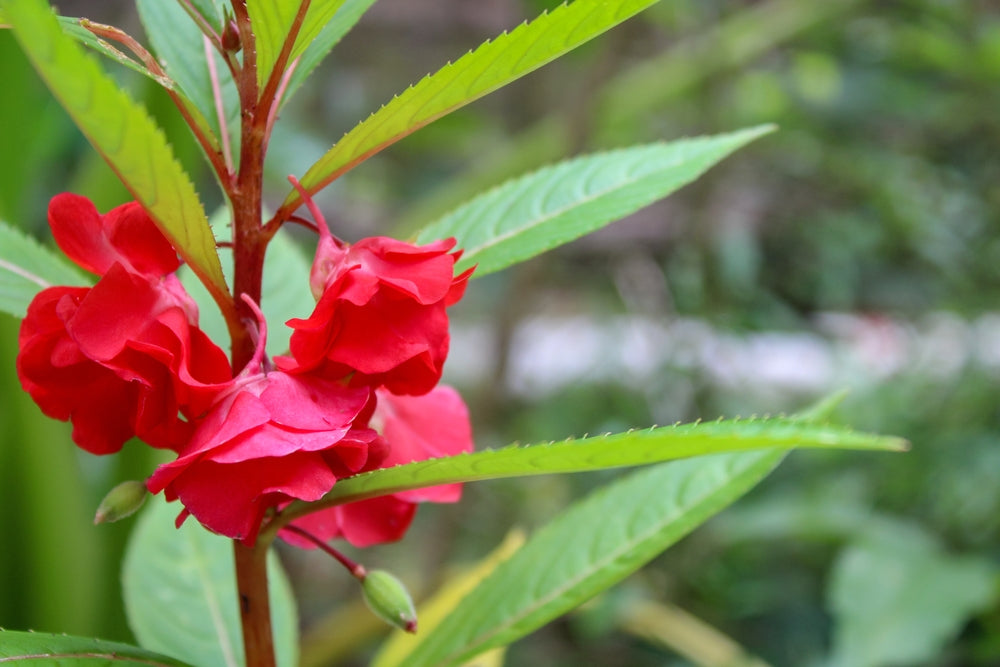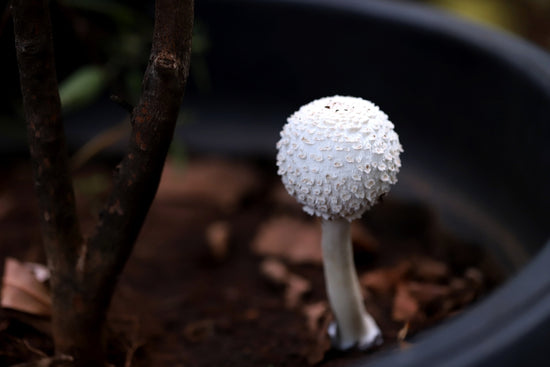Biological Name: Abies balsamea
Family: Impatiens balsamina
Description:
A Victorian garden favorite, Balsam is a quick growing flower. The plant is native to Asia, North America, & South Africa. Balsam looks great when planted in containers, bedding and edging. They self-seed and are renowned for both ornamental and medicinal properties. Its oil is widely used as an anti-inflammatory and anti-allergic.
Tools needed to grow Balsam:
- Gardening gloves
- Seedling Tray
- Packet of Balsam seeds
- Trowel
- Rake
- Label and pencil
Balsam Flower Growing Information:
Sun: Partial to Full Sun
Height: 12-24 inches
Spread: 10-12 inches
Life Cycle: Annual
Sow Method: Indoor
Bloom time: Long flowering, from summer till spring
Flower color: Red, Violet, Orange, White, Pink, Yellow
Propagation: Propagate Balsam by seed. The seeds can be either started indoors or directly seeded outdoors.
When sowing indoors, start about 6 weeks before the last frost and use seedling trays or flats for transplanting later.
Remember to plant seeds and cover them with about 1/8 inches of soil. Also, water the seeds thoroughly. The seeds will sprout in 4-5 days. Once the seedlings emerge, expose them to light for about 10-15 hours daily.
Soil Conditions: Balsam prefers fertile, well-drained soil.It tolerates damp soil but not soggy and performs best in warm weather.
Insect and Disease: If Balsam is infested with insect or disease problems like Powdery Mildew, treat early with organic or insect repellents and fungicide.
Caring for Balsam: Prepare the soil for Balsam with compost and break up clods before transplanting the young plant. Space it 12 to 18 inches apart.
Cultivars: Double Camellia Flowered, Rose Balsam, Tall Double, Dwarf Bush Flowered and Tom Thumb.
Harvesting: Harvest Balsam flowers when they are fully open. Cut the flowers either late in the afternoon or very early in the morning.
Irrigation: Water the plants at the root to help prevent powdery mildew. Use a soaker hose or drip line system for watering. The plants will need supplemental watering once a week in the summer. Frequent watering is necessary for balsam in containers and hanging baskets. Collect the seed pods carefully at the end of the season. Let the pod dry and keep in an airtight jar in a dark, cool area of the home until spring.
Little water is needed every day up to 7–10 days after transplantation. When the seedlings start new growth, excessive watering i.e. once or twice a week is required. Later, regulate the frequency and quantity of watering depending upon soil and season.
In lighter soils, more frequent irrigation is needed than that in heavy soils. Irrigation during rainy season depends on prevailing weather conditions.
Plant Care: Use water-soluble, quick release fertilizers; temperature controlled slow-release fertilizers; or organic fertilizers such as fish emulsion.
For using any of the above products follow label directions as they may vary per product.

• Balsam Mix
• Camellia Flowering Mixture

Happy Gardening!










